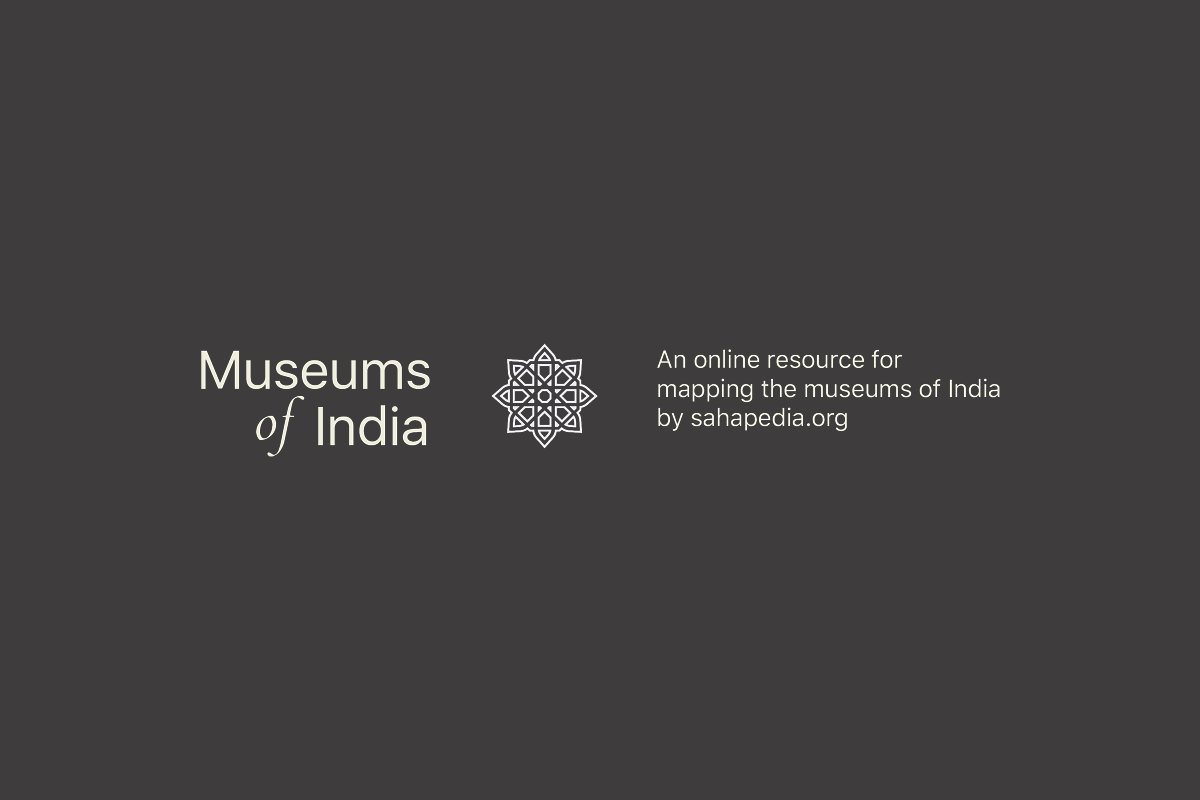The idea of establishing a museum dedicated to the origin and development of the judiciary in the state of Karnataka was initiated by Justice Cyriac Joseph, the then Honorable Chief Justice of the High Court of Karnataka to commemorate its golden jubilee celebration. The main objective of setting up the museum was to preserve, protect and display the objects, antiques, artefacts, documents and records related to the legal profession and to trace the history of the High Court and growth of district courts across the state. The museum was inaugurated by Justice Y.K. Sabarwal, the then Chief justice of the Supreme Court of India and was housed in the Dewan’s hall but has since been shifted to the ground floor of the High Court building.
The High Court building is steeped in history and previously functioned as the administrative office of the state of Mysore until 1956. The idea of a secretariat building for the city was conceived by Lewin Bentham Bowring, the then Commissioner of Bengaluru and was designed by Major General Sir Richard Hieram Sankey, the then chief engineer to the Government of Mysore. The building was formerly called “Bowring’s Attara Kacheri” or just “Attara Kacheri” owing to the eighteen administrative offices that were housed in it. The building was constructed under the guidance of Sir Rai Bahadur Arcot Narayanaswamy Mudaliar and Sir Rai Bahadur Bansilal Ramrathan and was completed in 1868-69. The two storeyed structure represents Greco-Roman style of architecture with a majestic pediment supported by Ionic columns and repetitive key stoned semi-circular arches. Today, the building stands as a symbol of the Bygone British era in the city.
The museum collection includes a copy of the original constitution of India, brass seals, badges of peons and process servers and candle stands that were used for lighting court sessions during the period of the Nizams, handcrafted wooden chairs by Sir R.B.H. Davis (district judge of Karwar), a bronze bell that was used at the Attara Kacheri for ringing office timings and as a mourning reminder on martyr days, handwritten application and barrister certificate of Mahatma Gandhi for enrollment as a lawyer in the Bombay High Court, an early 20th century wall clock from the US that adorned the main court hall of the then District Munsiff Court of Karkala, brass pen and stand, porcelain Ink bottle, a 20th century wooden documents carrying suitcase box from Shivamoga, a portrait of Raja Dharma Pravina T.R.A. Thumboochetty, the first Indian to be appointed the Chief Judge of Mysore State and antiques of Attara Kacheri like seal punching machine, punching machine and wooden pen stand. There are around 56 items that have been displayed and the museum officials are in the process of collecting more judicial artefacts from district courts across the state.
On Saturday, the museum closes by 2:00 p.m.
12.9778739, 77.592635

